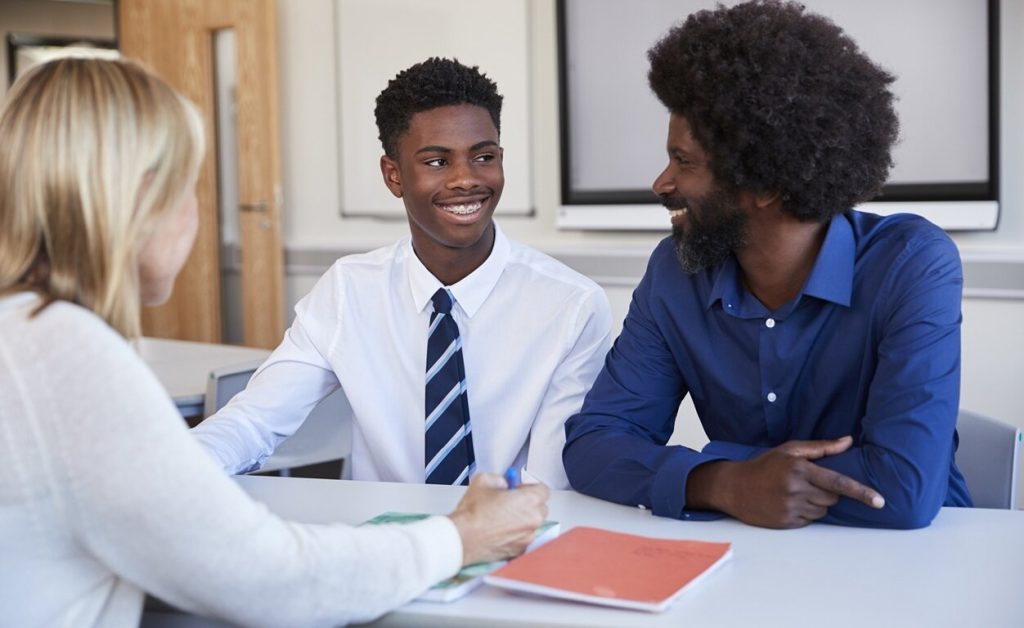
The parent-teacher conference is a school staple we’ve been familiar with since we were kids in school. For some schools, these conferences still follow the same model from years ago. Just as every other aspect of education is evolving, it’s time to rethink the traditional parent-teacher conference format.
Student-led conferences are a great alternative. With student-led conferences, both parents and students are more invested in the conversation, and students especially can take control of improving their school experience. Here’s how to make student-led conferences effective:
1. Take Ownership of Learning
Students must be able to speak competently on their academic and personal progress. In other words, they need to take ownership of their learning by being aware of their abilities, strengths and weaknesses. Teachers can help students cultivate this through timely, specific feedback, as well as ensuring students completely understand results from formal and informal assessments. Once students know where they stand, they can determine their own potential and speak intelligently regarding what they need to achieve success in school.
2. Prepare for the Conference
As adults, we generally know what to do when we’re told to lead a conference, but your students may not have a clue and that’s okay. Set them up for success by walking them through how to effectively conduct a meeting. Model for them the main talking points they should cover (e.g. student achievements, areas of improvement, goals and social-emotional development). Depending on the age of the students, consider allowing them to provide input on how they want to approach the conversation. Then ensure your students are concretely prepared by gathering student work and writing out talking points.
Finally, once students have made their physical preparations, give them the opportunity to practice. It may feel awkward, but a mock conference is the best way to dispel nervousness before the real conversation.
3. Try It and Evaluate
Keep the conference comfortable and simple. Don’t expect perfection from the student, especially if it’s the student’s first time, and step in to guide the conversation when needed. At the same time, though, don’t be too heavy handed. Make sure the necessary information is discussed, but be sure to let student guide the meeting. You can always send home handouts with more information.
And finally, remember that it may not go perfectly. Use it as a learning opportunity, and don’t be afraid to make adjustments so that it runs better next time.
Learn more ways to maximize student learning by starting a program at American College of Education. Explore our M.Ed. in Curriculum and Instruction and M.Ed. in Educational Leadership degree programs.

